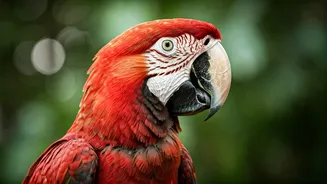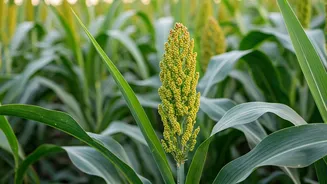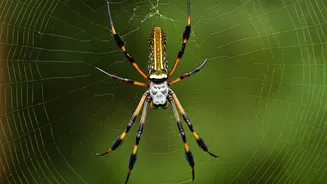The Crimson Code
The vivid red coloration found in various animal species is not merely a matter of chance; it's a carefully orchestrated biological strategy. The presence
of red pigments, such as carotenoids and melanins, contributes to this coloration, being derived from their diet, the surrounding environment or their own biochemical processes. These pigments absorb certain wavelengths of light while reflecting others, giving rise to the visible red hue. This complex interplay between pigment composition and light absorption underscores the remarkable diversity and adaptation capabilities within the animal kingdom.
Camouflage in Nature
One significant function of red coloration is camouflage, particularly in specific environments. Red pigments can help animals blend into their surroundings, like the red rocks or red soils of certain deserts, or even the red hues of certain plants or fruits in their diet. For example, some animals employ the red coloration for hiding in plain sight. In addition, the intensity and distribution of red coloration can vary seasonally, providing better camouflage depending on the time of year or environmental conditions, showing the remarkable adaptability of these creatures. This camouflage strategy assists these species in hiding from predators, helping them avoid detection and survive.
Attracting Mates
Red coloration also plays a vital role in attracting mates. In many species, vibrant red plumage or markings act as visual signals of health, vigor, and genetic quality. The brightness and intensity of the red color can indicate the individual's ability to forage efficiently, resist diseases, and overall fitness. During courtship, this color becomes a key component of mate selection. For instance, in certain bird species, the males' red feathers indicate how healthy the bird is, and in this way, the red color becomes an honest signal that females can use to select the best mates for successful reproduction. These colorful displays often play a pivotal role in mating rituals, helping to propagate the red coloration through successive generations.
Warning Signals
The striking red coloration in some animals serves as a warning signal, a clear message to predators to stay away. Aposematism, the use of warning coloration, is especially common in poisonous or venomous species. The bright colors serve as a visual alert, teaching predators to avoid these dangerous prey items. The vibrant contrast between red and other colors, like black or yellow, makes the warning signals more noticeable. This effective strategy reduces the chances of predation. By associating the red hue with negative experiences, predators learn to avoid similar-looking animals. Such visual signals contribute to the survival of the species.
Thermoregulation Benefits
Red coloration can also play a role in thermoregulation, particularly in animals inhabiting environments with varying temperatures. Darker pigments absorb more heat from sunlight, which can be advantageous in colder climates, or during cooler parts of the day. Some animals use red coloration to efficiently regulate their internal body temperature. By absorbing solar radiation, they can elevate their body temperature to remain active. This helps maintain crucial metabolic functions and overall survival. The ability to absorb heat from the sun can be a vital advantage, helping animals stay warm and maintain an adequate body temperature in cold conditions, making them more resilient to the challenges of their surroundings.
Examples in Nature
Numerous animals demonstrate the diversity and effectiveness of red coloration. Examples include the vibrant red feathers of the cardinal, which are a strong display of health and attractiveness to potential mates. The red skin of the poison dart frog is a vivid warning signal, cautioning predators of its toxicity. The desert animals showcase the camouflage aspect of red, blending into their environment. Different animals have adapted the red color in different ways. These animals showcase different survival strategies. Each illustrates how the red color provides a specific advantage, depending on its environmental context. These diverse examples underscore the adaptive value of red coloration across the animal kingdom.






